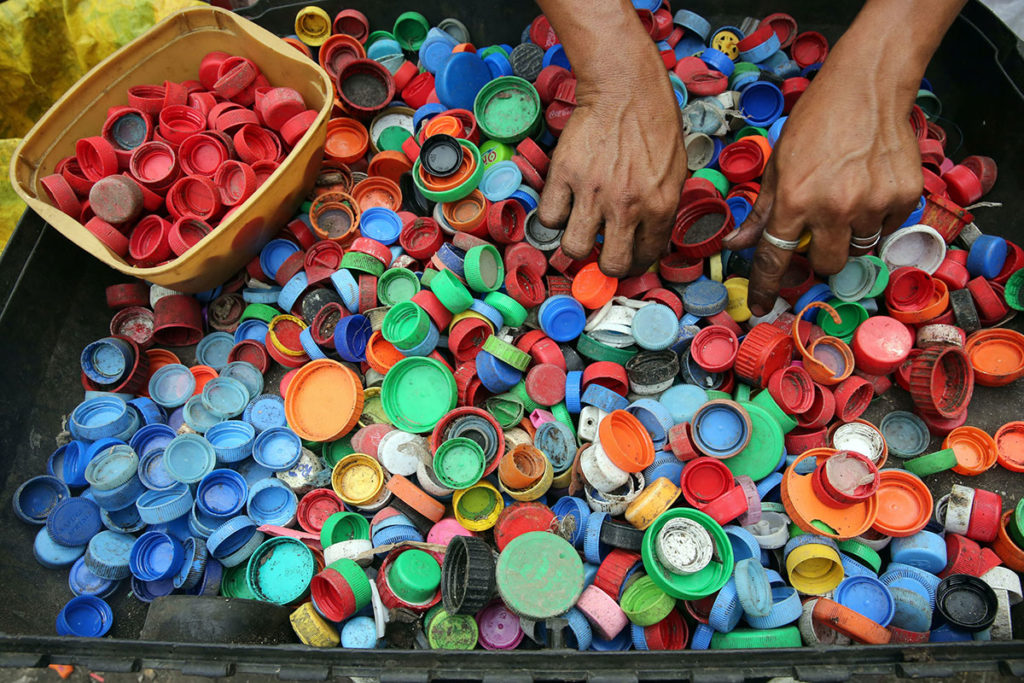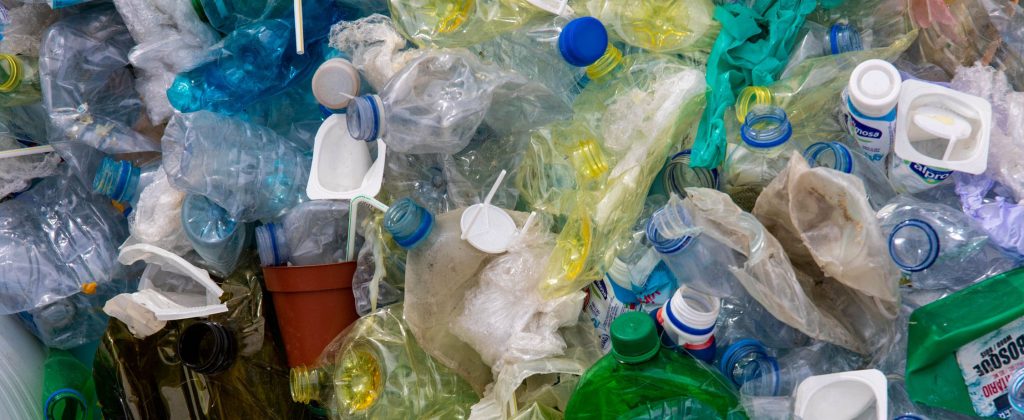13 Nov 11th November Microplastics

In a recent study, microplastics were found in the snow in the Arctic, one of the most barren places in the world, far away from civilisation. Microplastics are as the name suggests; very, small polymer (plastic) particles. They are used in products to create a barrier for your skin, like makeup or sunscreen. These microscopic particles are also created from our clothes, and are more commonly known as microfibres. In this day and age most of our clothing is made from synthetic materials like polyester or elastane, which are not biodegradable. Everytime we wash our clothing, fibres fall off into the water system. While we are all aware of how damaging plastic bags etc are to the environment, we never bear in mind why we should buy natural materials for our clothing instead of synthetic ones.

As microplastics are so small, they cannot be filtered out when wastewater is treated, instead they stay put and flow into the sea. Around 250,000 tonnes of microplastics enter the oceans every year from cosmetics and textiles. This figure does not include how many tonnes of microplastics enter the soil each year.
“250,000 tonnes of microplastic particles are the equivalent of throwing 12 million plastic bottles into the ocean every year.”

The issue is so large that now humans are consuming microplastics. Inhalation is the main form of consumption, but they are now being found in our food and water, causing us to ingest them. Since 2015, the ban of microplastics in “rinse off” products has been implemented in the USA, the UK, Sweden and many more countries, but yet synthetic material is so valuable to us, we haven’t banned it. Yet.
So how big is the microplastics market? In 2019, it was estimated that the microplastics market was worth around £4.9 billion. They are used in so many products including cosmetics, textiles, life sciences and for medical reasons.
The University of Bath is currently looking at a solution to this problem of cosmetics containing microplastics, by forming microbeads made out of cellulose to be used instead. Keep an eye out for an article about this at a later date!


